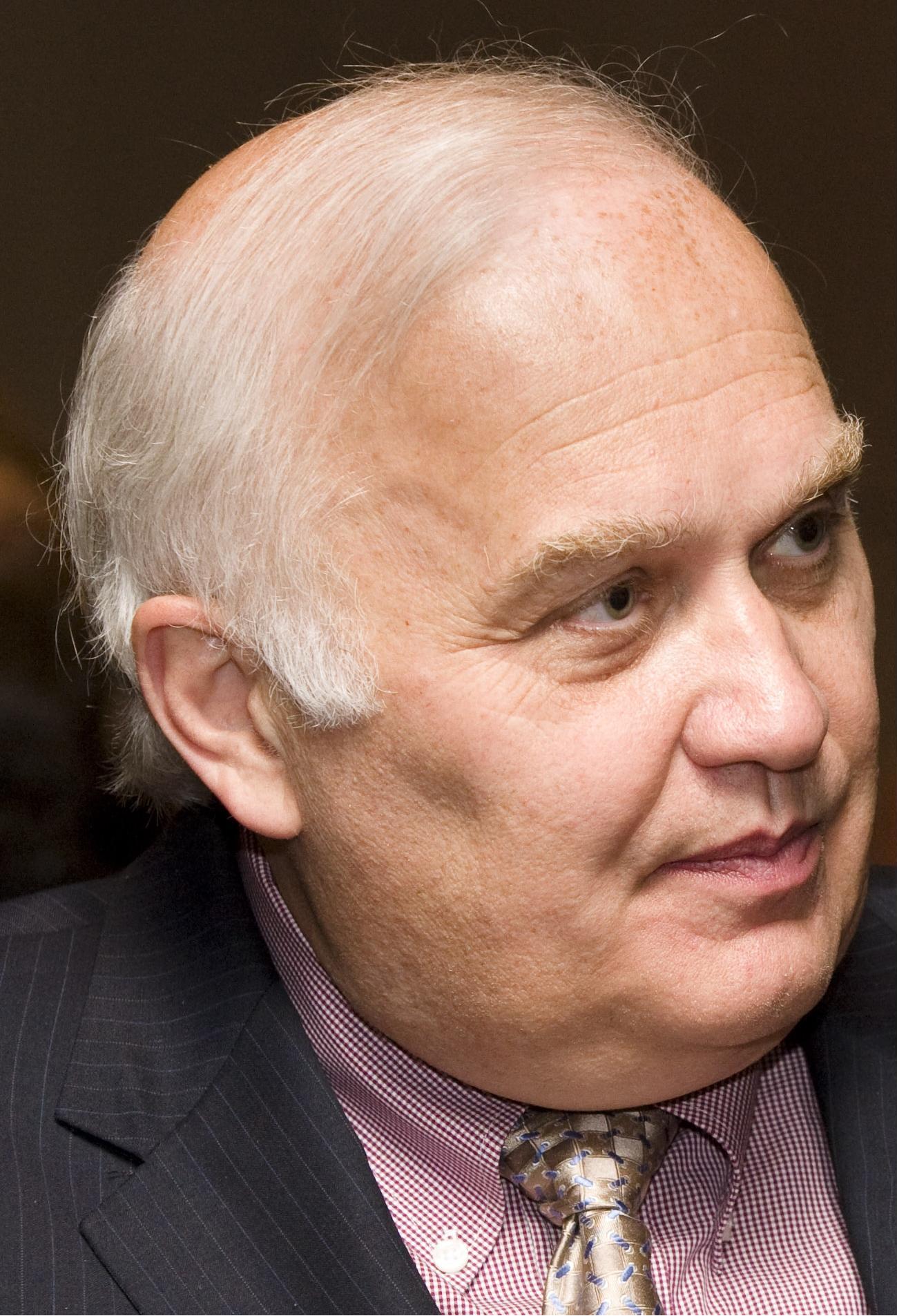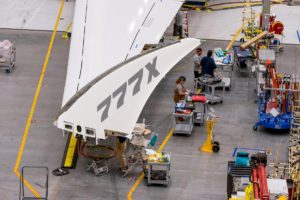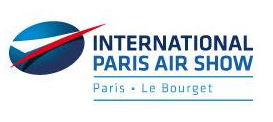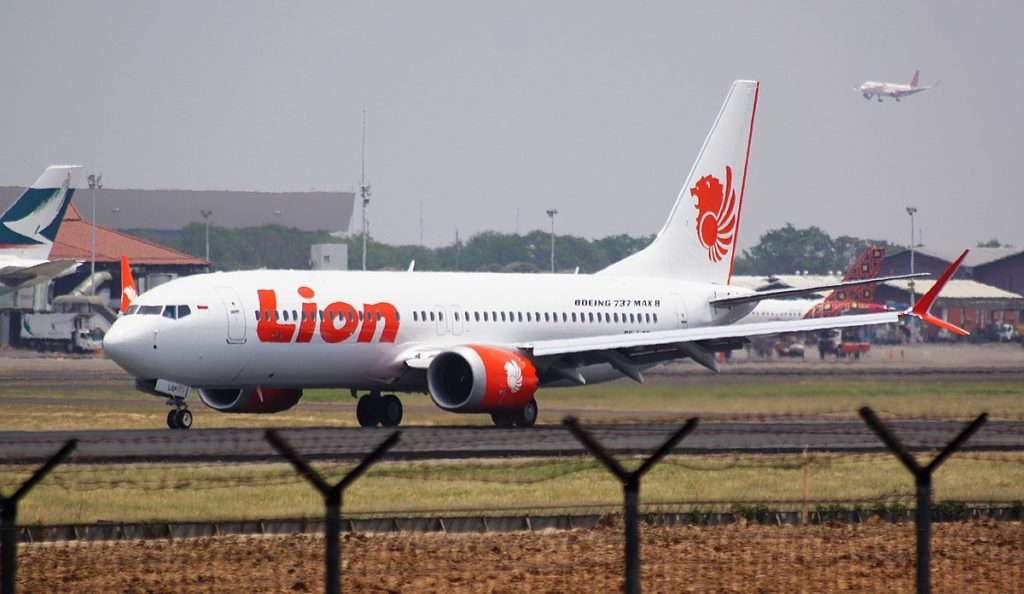Leeham News and Analysis
There's more to real news than a news release.
Pontifications: Assessing the impact of COVID-19: today’s take
April 6, 2020, © Leeham News: It’s going to be quite a while before there is a clear understanding how coronavirus will change commercial aviation.
LNA already touched on impacts to Airbus, Boeing and Embraer. None of it is good. For Boeing, burdened with the additional stress of the 737 MAX, is in the worst position. Even when the MAX is recertified, there won’t be many—or any—customers in a position to take delivery of the airplane.
Bearing in mind that what’s true today will change in a day, or even an hour, let’s take a rundown of where things seem to stand now.
European airline struggles add risk to 15% of Airbus, Boeing orders
By Judson Rollins
Subscription Required
Introduction
Earlier this week, LNA examined the potential for a shakeout among European carriers as the coronavirus outbreak spreads to the continent.
Five European countries now rank among the ten hardest hit – travel demand is plummeting nearly as rapidly as after the September 11 attacks in the US.
On Thursday, UK-based Flybe went into bankruptcy after long-time financial struggles. The airline had 54 De Havilland Canada Dash-8-400s and nine Embraer E175-E1s in its fleet, more than half of which were leased from Nordic Aviation Capital and HEH Aviation Management.
LNA reviewed aircraft ownership data to understand top manufacturer and lessor exposure to European carriers, particularly those with known profitability issues and high debt loads.
Summary
- Airbus’s exposure to Europe is 16% on single-aisles and 19% on twin-aisles;
- Boeing has just under 15% of its single- and twin-aisle orders from Europe;
- Embraer’s E2 jet program has 27% exposure to the region;
- ATR, De Havilland Canada, COMAC face little to no threat from European airline woes;
- Norwegian, TAP, SAS, TUI are likely the most imminent threats to manufacturers and lessors.
Asian airline troubles could affect up to 20% of Airbus, Boeing backlogs
By Judson Rollins
Subscription Required
In last week’s analysis, LNA examined which airlines in greater China and the rest of Asia may be in imminent risk of financial distress due to the growing coronavirus outbreak. We found that airlines from Malaysia to Japan have significant exposure to the Chinese market. Several have shaky balance sheets and were already losing money prior to the outbreak, most notably AirAsia, AirAsiaX, Thai Airways, Nok Air, Malaysia Airlines, and Asiana.
The coronavirus outbreak has now spread to Europe and the Middle East, but we are continuing our focus on Asia as it’s been most greatly affected so far. Additional analysis focusing on Europe will follow, with particular attention to the potential for further airline consolidation on the continent.
LNA reviewed ownership and operating data on aircraft to understand top manufacturer and lessor exposure to greater China, which includes Hong Kong and Macau, and the rest of East Asia.
Summary
- Airbus has greater exposure to China and the rest of East Asia, especially in widebodies;
- Boeing’s 787, 777X difficulties will be exacerbated by Asian airline troubles;
- COMAC’s sales book is almost exclusively in China, but government support is likely;
- ATR has material exposure to Southeast Asia; other regional aircraft OEMs are largely unaffected.
2020 Outlook for Airbus, Boeing, et al
Subscription required
Introduction
By the Leeham News team.
Jan. 2, 2020, © Leeham News: This will be a pivotal year for Boeing.
It will be a year of challenges for Airbus.
Embraer Commercial Aviation should disappear.
Mitsubishi Heavy Industries faces final decisions for the SpaceJet.
Overhanging international trade is the US presidential election.
These are just some of the headlines to look for in 2020.
Leeham News and Analysis provides its annual outlook as the new year, and the new decade, begins.
Pontifications: Safety changes good for Boeing, the industry
Sept. 30, 2019, © Leeham News: Boeing’s announcement last week that it’s establish a permanent Board level safety committee, realigning some functions and creating new lines of reporting is a good and necessary step.
It’s not only good and necessary for the 737 MAX return to service, it’s good and necessary for Boeing and for the industry.
It’s also just a first step in restoring confidence in the MAX and the Boeing brands.
14 new airplanes and derivatives see EIS through 2027
Subscription Required
July 15, 2019, © Leeham News: There are 14 new and derivative aircraft scheduled for entry into service (EIS) through 2027. This rises to 16 if Boeing launches the New Midmarket Aircraft (NMA).
But there are plenty of uncertainties around precise EIS hanging over some of these.
LNA sees the Boeing 777X EIS slipping into early 2021. China’s C919 is now slated for a 2021 EIS, but development has been tricky and delays have been common. Russia’s MC-21 flight testing has been slow and international sanctions hang over this aircraft.
Mitsubishi’s MRJ90, now called the M90, is slated to enter service next year. It, too, has been plagued by delays. The redesigned MRJ70, the M100, moves from a 2021 EIS to a planned 2023 EIS—but given the MRJ90’s history of delays, the company has to persuade the industry no more slippages are likely.
Here is a rundown by year and aircraft of the EIS dates.









